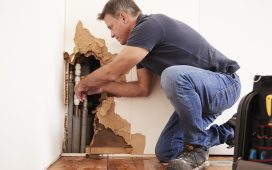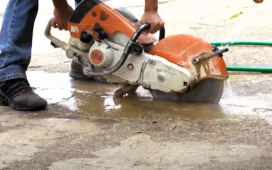Introduction
If you’re a hobbyist or anyone who has an extra set of skills in making things, you need a workshop. According to Handy, constructing a workshop can be expensive despite its simplicity. Instead, you’re better off buying the materials and assembling them yourself. Let’s check out the details about building a workshop.
The Details
Size and location – You’ll never complain that your workshop is bigger than your needs. So, if you have the extra space, stake out as much as you can for your workshop. You’ll thank yourself in the future if your workshop sees some commercial success. You may construct your workshop in the basement, garage, or in garden shed. If you plan to bring in large materials like plywood, lumber, and heavy machinery, the workshop should have access to a large door.
Similar to the size of the workshop, the bigger the door, the better. While selecting the location of your workshop, keep the local climate in mind. You can save on air conditioning by choosing the basement. However, you’ll need to invest in a dehumidifier if you plan to protect your tools from corrosion and wood from warping. On the other hand, if you plan to use a lot of hazardous and flammable materials, get a workshop in a well-ventilated space instead of the basement.
Storage and organization – Irrespective of the type of workshop you have, you’ll need a couple of workbenches. However, when the space is tight or you need an additional working surface, you need to get innovative. For such situations, you may need folding workbenches or come up with temporary solutions like using plywood over folding sawhorses.
Either way, you’ll need a lot of storage options. It allows you to keep your materials and tools organized and accessible. Tools can be hung on the wall in an unorganized manner with a cheap yet sturdy pegboard. You’ll never have enough storage and organization options, and a sturdy pegboard allows you to arrange storage options in a flexible manner.
You can also invest in small cabinets for scrap materials so that you can save the home center trips. A set of small cabinets with plenty of drawers allow you to find the fasteners and scrap wood when you need them for repairing things or for a brand-new project.
Plan for light and power – Similar to storage and space, you can’t have enough light and power at a workshop. Instead of blowing your budget on fluorescent fixtures, wire numerous cheap keyless lamp holders and screw in powerful LED bulbs into them. For power, get as many sockets strategically located all around the workshop as possible and upgrade to 20-amp circuits.
Conclusion
Handy suggests that you keep the details mentioned above in mind while designing and building your own workshop. Depending on the purpose of your workshop, some details would need to be tailored to fit your needs. Make those changes and build a practical workshop that serves your goals.

















